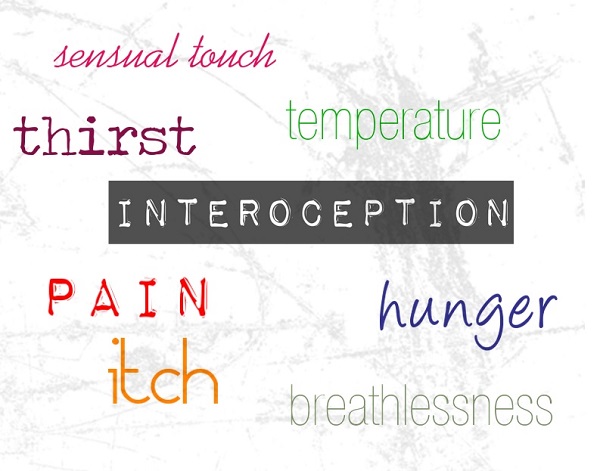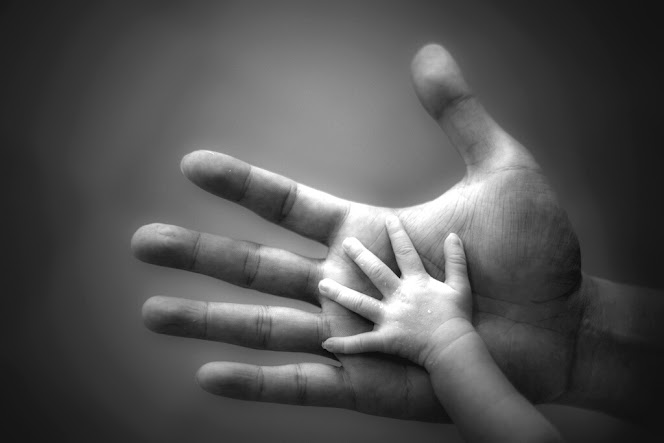
Interoception: The Emotional Side of the Human Myofascial System
As movement specialists we have grown to build a deep appreciation for the proprioceptive network in the human body. From the perception of vibration and texture to the integrated tension along fascial lines, proprioception is truly the sixth sense in human movement.
As important as proprioception is, what if I told you there is an even more powerful side to this myofascial web?
What if I told you that the myofascial system actually plays a much larger role in emotion – rather than motion?
Introducing Interoception
 According to Dunn et al. interoception is a sense of the physiological condition of the oneself. It is an ubiquitous information network used to represent one’s body from within.
According to Dunn et al. interoception is a sense of the physiological condition of the oneself. It is an ubiquitous information network used to represent one’s body from within.
It is the ability to detect subtle changes in bodily systems, including muscles, skin, joints, and viscera. It includes a range of sensations including warmth, coolness, pain, tickle, hunger, thirst, sexual arousal, muscular activity, heartbeat, distension of bladder, distension of stomach and sensual touch (Schleip et al.)
So how does interoception compare to proprioception?
Interoception vs. Proprioception
Free nerve endings Myelinated small nerves
Activates insular cortex Somotosensory pathway
½ – 1 second delay 30 -90 m/s
Body mind system Dance / Pilates
Reiki /Energy Worker Dance / Pilates
If we look above we can see that there are quite a few differences between interoceptors and proprioceptors. One of the biggest differences is that interoceptors are free nerve endings and transmit information with a delay, whereas proprioceptors quickly process information within milliseconds. This supports the proprioceptive role in the accuracy of human movement.
According to a recent article by Schleip et al. our myofascial web actually has a much higher concentration of interceptors vs. proprioceptors. 80% of the peripheral nerves found in fascia are actually free nerve endings – with 90% of these being interoceptive!
This puts the fascial innervation at 1:7 ratio or proprioceptors to interoceptors.
The Power of Human Touch
 Often referred to as the primitive skin, this interoceptive network is what drives our need for social touch and the release of oxytocin. Many massage techniques especially those which are lighter in nature are thought to affect the interoceptive system.
Often referred to as the primitive skin, this interoceptive network is what drives our need for social touch and the release of oxytocin. Many massage techniques especially those which are lighter in nature are thought to affect the interoceptive system.
The human viscera fascia is one of the most concentrated areas of the interoceptive network with shifts in the viscera often being confused for irritable bowel syndrome or indigestion when it is really an emotion such as stage fright or excitement of a upcoming exam.
In Schleip’s recent article he states that an ‘interoceptive moron’ is unable to differentiate visceral sensations from signs of an empty stomach, ‘butterflies’ or empathy driven ‘gut feelings’ about another person’s dilemma
Putting Interoception into Practice
The concept of interoception in general is a new topic but one that I believe is going to start showing up more and more in the movement industry. As our appreciation for mind body connection and fascial fitness programs expands this is an inevitable side of our fascia that will continue to be explored.
Want to learn more about interoception please join Dr Emily for a FREE educational webinar on Thursday July 6 at 9pm EST
Register for this webinar HERE
